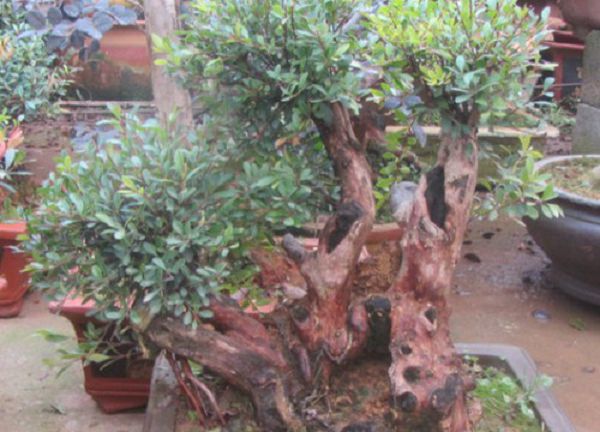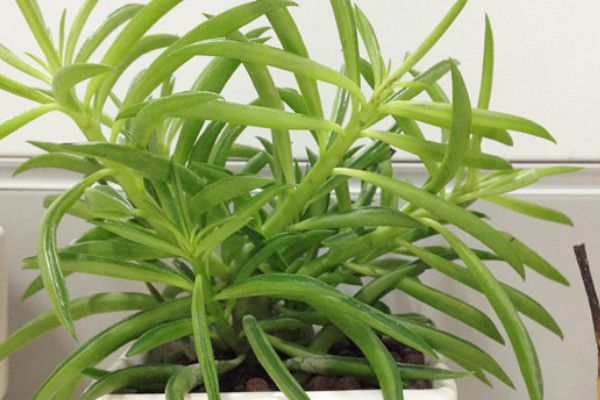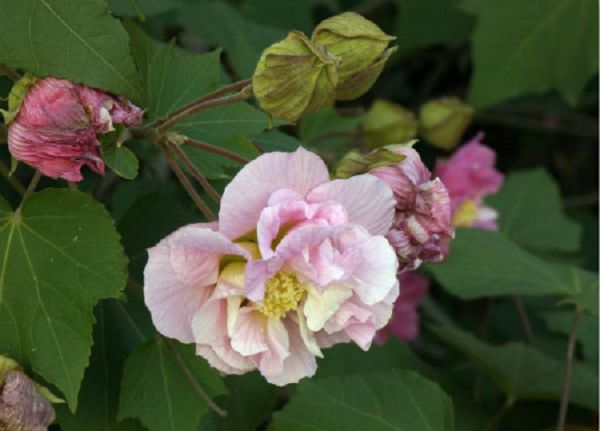Pile sampling of Chinan bonsai

Cunninghamia lanceolata is a wild evergreen shrub in the mountains of the south of the Yangtze River, which is rarely cultivated artificially. According to its ecological habits and biological characteristics, sowing and cutting propagation can be carried out. But to make bonsai, wild plants or old piles are often used. Mountain mining: in the mountains and hills of the south of the Yangtze River, you can choose the old piles that have been cut down for many years and are old and clumsy.
During the excavation from March to April in spring, pay attention to the preservation of lateral roots and fibrous roots. It is a long way back from the mountains, so it is necessary to beat good mud and wrap it with wet moss or straw to reduce water evaporation and facilitate survival. After digging back, choose loose, moist, well-drained sandy loam to cultivate, prune once before planting, cut too dense branches, in order to survive. After planting, you should set up a shed in time for shade, often water, keep the soil moist, and spray foliar water 2-3 times a day in summer. The shade canopy can be removed after October to give light. The shape can be processed in the pot after the ground planting has been maintained for one year.
The best time to pick piles is from March to August, which is the growing season of Cunninghamia lanceolata, as long as it is moisturized and shaded, the pile billet can resume growth quickly, especially in the season of high temperature and humidity, and it can also be dug in autumn and winter, but the new pile does not resume growth and has no ability to resist cold. It is necessary to keep warm and humid in winter to survive the winter.
Red Nan is generally gregarious, symbiotic with alpinia and rhododendron on steep slopes with sesame loess, and there are less growth on gentle slopes, and there are no good piles, probably because other trees grow fast in gentle places, while red nan grows slowly, resulting in death due to lack of daylighting. On the steep slope of the cliff, the land is barren, and there are many pile billet roots, which are easy to grow, and there are many pile blanks with peculiar pile type, good branch, good tip and good root plate.
Leave more thin roots when digging, do not need to take soil, leave one more section of the branches and roots of the pile billet, and cut them in place after returning home, so as to prevent damage to the branches, roots and pile blanks when going down the hill, so as to prevent damage to the skin, branches and roots of the pile blanks. Pay attention to moisturizing when the weather is fine, and soak in clear water for several hours before planting.
Related
- Fuxing push coffee new agricultural production and marketing class: lack of small-scale processing plants
- Jujube rice field leisure farm deep ploughing Yilan for five years to create a space for organic food and play
- Nongyu Farm-A trial of organic papaya for brave women with advanced technology
- Four points for attention in the prevention and control of diseases and insect pests of edible fungi
- How to add nutrient solution to Edible Fungi
- Is there any good way to control edible fungus mites?
- Open Inoculation Technology of Edible Fungi
- Is there any clever way to use fertilizer for edible fungus in winter?
- What agents are used to kill the pathogens of edible fungi in the mushroom shed?
- Rapid drying of Edible Fungi



